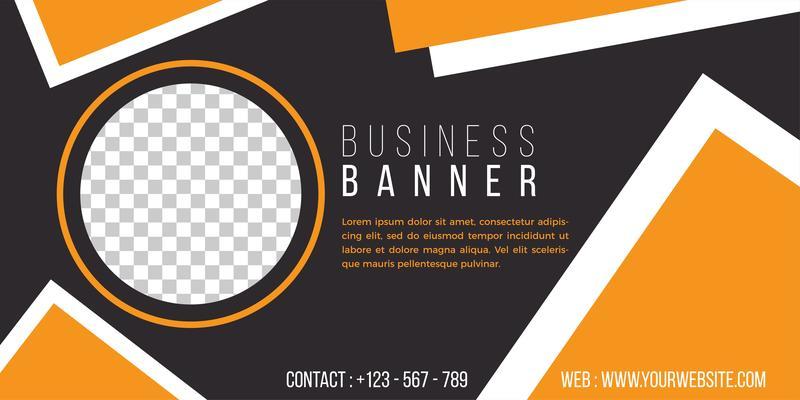Banner Design:
A banner is a powerful visual tool used for a variety of purposes, from online advertisements to event promotions, store displays, and social media headers. When creating a banner design, it’s essential to ensure that it not only looks attractive but also effectively communicates the intended message to the target audience. A well-designed banner combines various elements such as typography, imagery, color, and layout to create a harmonious and impactful message.

Purpose and Context
The purpose of the banner should be the foundation of the design. Whether the goal is to advertise a sale, promote a new product, or announce an event, the design must align with the message. For example, a banner for a fashion sale will likely use bold typography and vibrant colors to grab attention, whereas an event banner might focus more on clear information and elegant, understated design elements. Knowing the context will help determine the overall style and tone of the banner.
Dimensions and Placement
Banner dimensions vary depending on the platform or space it is intended for. For online purposes, banners are often created for web pages, social media platforms, or email marketing. Common web banner sizes include Leaderboard The size must be considered carefully, as too large a banner might overwhelm users, while too small a banner might not attract sufficient attention.
For print banners, size considerations are usually larger, such as for trade shows, retail, or outdoor displays. The standard dimensions could range from 2×4 feet for small indoor signs to larger 10×20 feet for event billboards. Each platform has specific needs, so it’s important to ensure your design works across all intended media.
Visual Hierarchy
Effective banner design relies heavily on visual hierarchy, which is the arrangement of design elements to guide the viewer’s attention in a deliberate order. This hierarchy helps emphasize the most critical parts of the message, like the headline, call-to-action, or promotional offers. The headline should be the most prominent element, often placed at the top or center of the banner. Using a bold, large font ensures that it stands out immediately.
Secondary information, such as details of a promotion or event, should be smaller but still legible. Call-to-action buttons (e.g., “Shop Now,” “Learn More”) should be clearly visible, typically placed toward the bottom or center, using contrasting colors to stand out.
Typography and Font Choices
Typography plays a significant role in creating a banner’s personality and readability. It’s essential to use clear and legible fonts, especially for online banners, where the text will be seen on various devices and screen sizes. A banner’s fonts should align with its purpose – for instance, playful, rounded fonts might work for a children’s event banner, while sleek, modern sans-serif fonts suit tech or corporate banners.
Keep the number of fonts minimal—using two or three complementary fonts will ensure that the design is cohesive and not overwhelming. The font size should vary to emphasize key points, but the text must remain easily readable even from a distance.
Imagery and Graphics
Imagery is a vital component of banner design. Whether you’re using photographs, illustrations, or icons, the images should reinforce the message. For example, an e-commerce banner might showcase the products, while an event banner could feature images from past events or artist renderings of the upcoming one.
Images should be high-quality and relevant to the message. It’s important to avoid clutter by choosing only a few impactful visuals rather than overwhelming the viewer with too many graphics. Minimalist designs often work best, leaving plenty of negative space to give the elements room to breathe.
Colors and Branding
Color is one of the most impactful elements in any design. It can evoke emotions, influence decisions, and guide the viewer’s attention. Branding colors should always be incorporated to create consistency with other marketing materials. If the banner is for an event or sale, bold and contrasting colors like red and yellow can be used to draw attention. Alternatively, pastels or muted tones might be more appropriate for a calm, elegant look.
Incorporating your logo and branding colors ensures that the banner aligns with your company’s identity. For instance, a tech company might use sleek blues and grays, while a health and wellness brand might lean toward fresh greens and whites.
Conclusion
A successful banner design is about more than just aesthetics; it’s about clear communication and the strategic use of design principles. Whether online or printed, a banner should deliver a clear message through its layout, typography, imagery, and colors. By considering the context, purpose, and audience, you can create a banner that is visually appealing, functional, and effective in achieving its goal